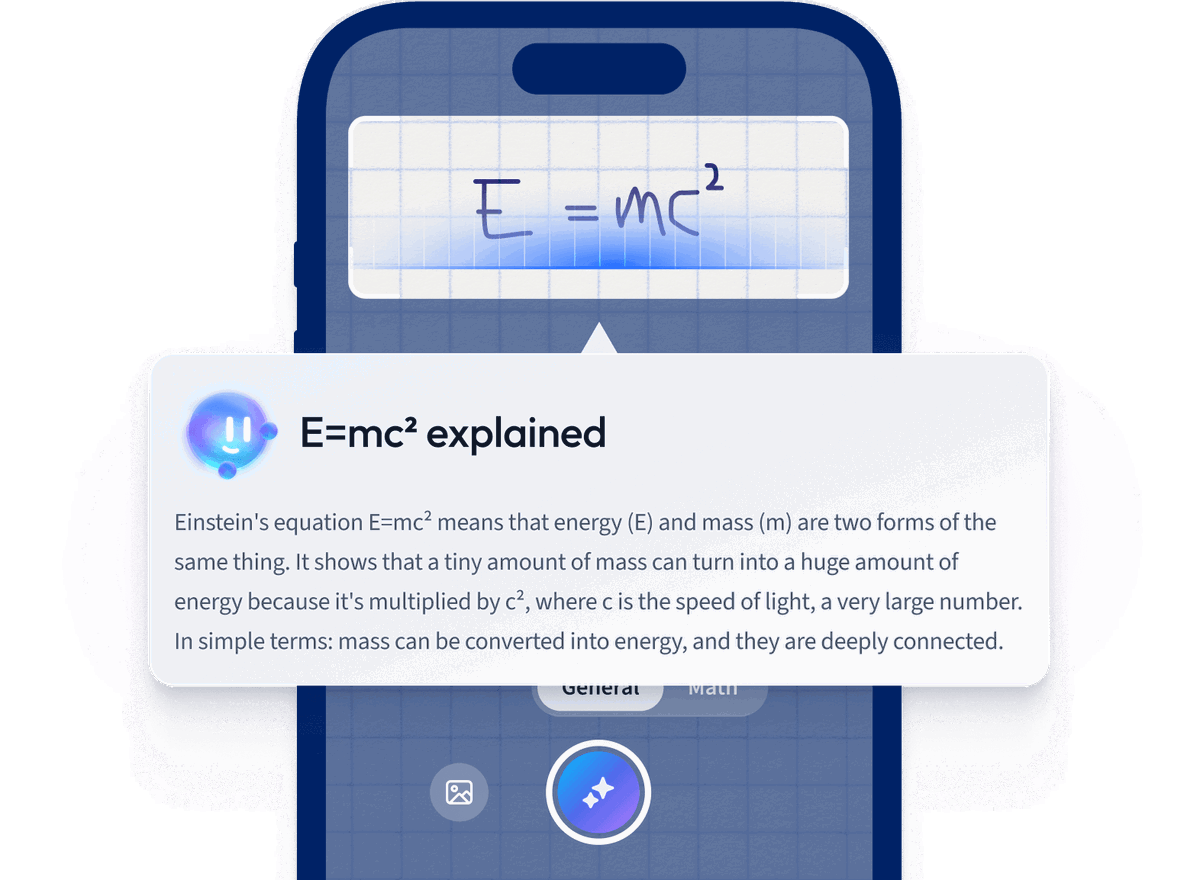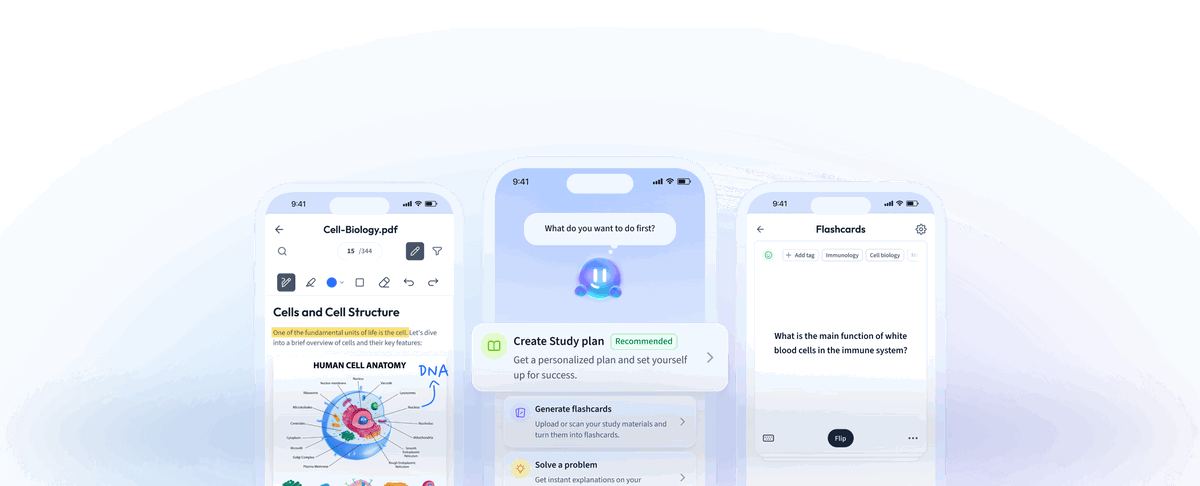What are Case Studies Psychology?
Some of the most famous studies in psychology are case studies, which we will cover in this explanation. First, let's fully define what we mean by case studies. According to the American Psychological Association¹, case studies are:
A case study in psychology is an in-depth investigation of a single individual, family, event, or other entity. Multiple types of data (psychological, physiological, biographical, environmental) are assembled, for example, to understand an individual’s background, relationships, and behaviour
Case studies are a common research method used when exploring new research areas, as researchers want a detailed understanding of a new phenomenon. Case studies are occasionally used to form new theories, hypotheses or research questions.
Case Studies Examples in Psychology Research
Phineas Gage is a famous example of a case study. Researchers wanted to understand the effects of the accident on his cognitive functions and behaviours. Not many people survive such an injury, so this was an opportunity to examine how the brain deals with significant damage.
Phineas had an accident at work where a metal rod went through his skull and pierced through his frontal lobe (front part of the brain).
After the accident, Gage was observed and completed several cognitive and psychometric tests over a long time. The case study aimed to see if and how damage to the frontal lobe may cause behavioural changes.
The case study results showed that Gage initially had a decline in cognitive abilities. However, over time these started to increase. The researchers noted that Gage's intelligence returned to a 'normal level'. Gage's friends stated that his personality had changed and that he was no longer the same person; he became vulgar and aggressive.
This is an important finding in psychology. It shows that other brain areas may take over and compensate for deficiencies caused by brain damage. But, there may be a limit to how much or what skills and attributes can be compensated for.
As Phineas Gage's case was unique and his conditions could not be replicated using the experimental method (against ethical standards of research), a case study was the only appropriate method to use. The research was also explorative as little was known about the frontal lobe's function. Therefore, it may have been difficult to form hypotheses.
Hypotheses are formed based on existing knowledge; researchers cannot randomly make a hypothesis based on what they think will happen. Researchers do not believe that this is a scientific way to theorise research.
Case Study Methodology
When conducting a case study, the first step is forming a hypothesis. These hypotheses aim to identify research areas and concepts that the researcher is interested in.
This is different to experimental research as experimental research tends to define and state expected results. In contrast, the case study's hypotheses may be broader.
Next, the researcher will identify the best method that should be used to measure the variables that the researcher is interested in. When doing case studies, sometimes multiple research methods can be used.
This concept is known as triangulation.
A case study may use questionnaires and interviews when researching mental health in indigenous people.
As with all forms of research, the next stage is data analysis once the research has been conducted. As case studies may use various research methods, the type of analysis used depends on which method is used. The case studies aim to provide in-depth knowledge. Therefore, case studies favour qualitative research, such as unstructured interviews and observations. Open-ended questions allow for further exploration, as is used in qualitative research.
Case studies also sometimes use quantitative research methods. Therefore statistical analyses may also be used in case studies.
 Case studies usually collect data using various research methods and therefore usually researchers need various analysis methods, freepik.com/rawpixel.com
Case studies usually collect data using various research methods and therefore usually researchers need various analysis methods, freepik.com/rawpixel.com
The final stage of the case study methodology is to report the data. Case studies usually produce qualitative data.
Qualitative data is non-numerical, detailed findings.
Case studies are usually written in the form of detailed reports. The report should include all the findings found throughout the study and how these were measured.
Evaluation of Using Case Studies
Let's now discuss the advantages and disadvantages of using case studies in research.
Advantages of using case studies
The advantages of case studies are:
- It provides detailed qualitative data that allows researchers to understand phenomena. This can help researchers uncover new concepts that can be later investigated in controlled environments (the experimental method).
- It is typically considered explorative research. For example, when researchers do not know much about a phenomenon, a case study is used to help derive hypotheses that will be used in later research.
- it can be used to research unique situations which are usually gatekept by ethical issues.
Researchers cannot physically harm participants to observe what happens to them. Case studies are useful to investigate this.
Phineas Gage suffered brain damage due to an accident, presenting an opportunity to researchers to investigate the effects of such damage on the brain. This would otherwise be impossible, as researchers cannot damage a person's brain intentionally to find out what happens as a result (fortunately for us!)
Disadvantages of using case studies
The disadvantages of using case studies are:
- They are extremely difficult to replicate. So, it is difficult to compare the results from a case study to another study; therefore, this research design has low reliability.
- It uses a small, selective sample the results are usually not generally representative of the population. Therefore, the results tend to be non-generalisable.
- It can be quite time-consuming to carry out and analyse case studies.
Case Studies Psychology - Key Takeaways
- Case studies are a type of research design that is used when a researcher is investigating a single person, group or event/phenomenon.
- A case study in psychology is Phineas Gage; a case study was used because his conditions were unique and could not be replicated due to ethical issues. In addition, little was still known about the research area.
- Case studies can be used to collect both qualitative and quantitative data, however, they are quite useful for qualitative research.
- The advantages of case studies are:
- researchers can get an in-depth understanding, it can be used to help direct future research and it can be used to research unique situations or characteristics of people that cannot be replicated.
- The disadvantages of case studies are:
- they lack reliability and generalisability and are time-consuming and expensive.
1. VandenBos, G. R. (2007). APA dictionary of psychology. American Psychological Association.
How we ensure our content is accurate and trustworthy?
At StudySmarter, we have created a learning platform that serves millions of students. Meet
the people who work hard to deliver fact based content as well as making sure it is verified.
Content Creation Process:
Lily Hulatt is a Digital Content Specialist with over three years of experience in content strategy and curriculum design. She gained her PhD in English Literature from Durham University in 2022, taught in Durham University’s English Studies Department, and has contributed to a number of publications. Lily specialises in English Literature, English Language, History, and Philosophy.
Get to know Lily
Content Quality Monitored by:
Gabriel Freitas is an AI Engineer with a solid experience in software development, machine learning algorithms, and generative AI, including large language models’ (LLMs) applications. Graduated in Electrical Engineering at the University of São Paulo, he is currently pursuing an MSc in Computer Engineering at the University of Campinas, specializing in machine learning topics. Gabriel has a strong background in software engineering and has worked on projects involving computer vision, embedded AI, and LLM applications.
Get to know Gabriel












